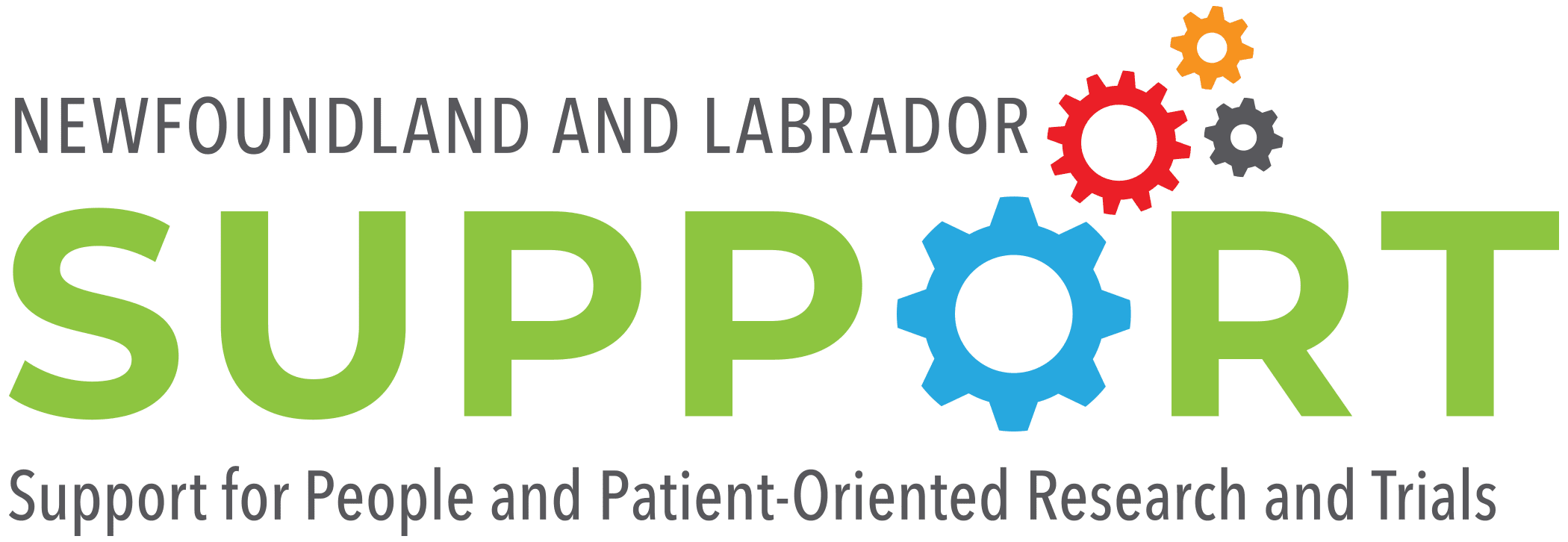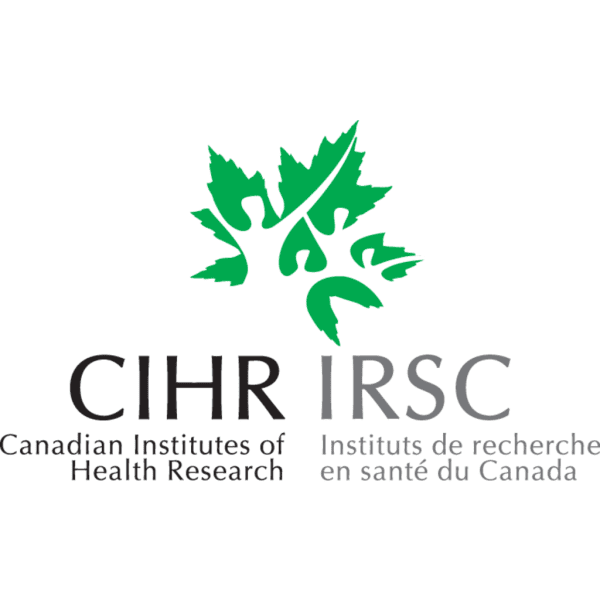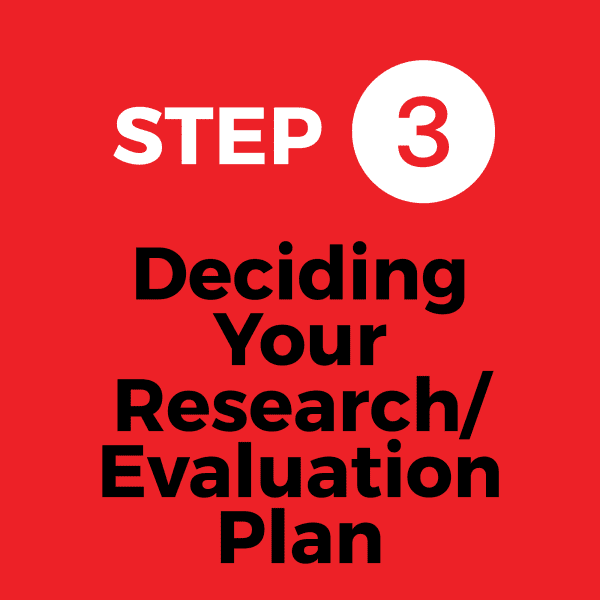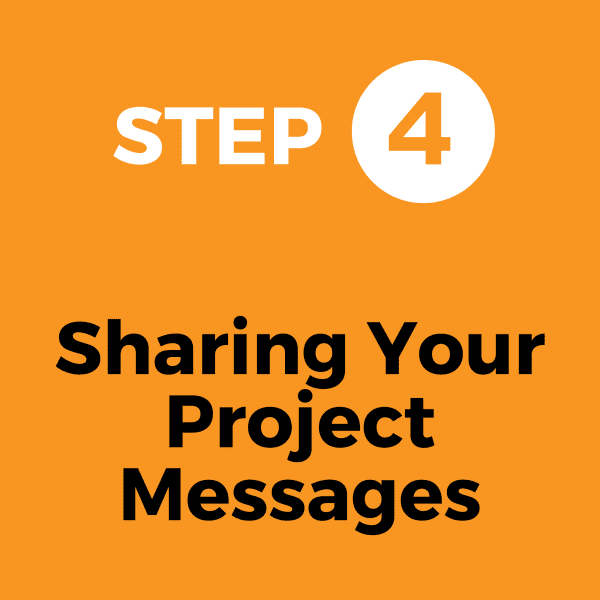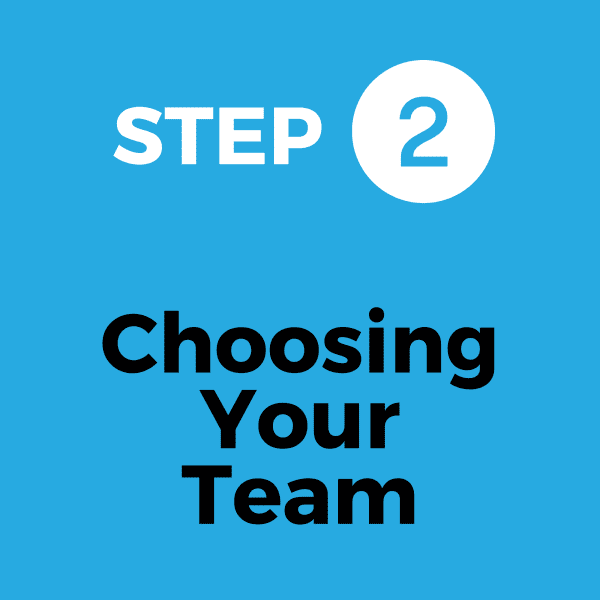Step 2: Choosing Your Team
Does your team include a variety of perspectives? Has equity, diversity, and inclusion been considered in the selection and hiring process?
✔️ Have you thought about how to remove unconscious bias and limit barriers in your recruitment processes?
- Government of Canada’s Best Practices Guide for Recruitment, Hiring and Retention may be helpful to guide these considerations.
✔️ How are positions advertised?
- Memorial University’s EDI in Employment Policy may be helpful to identify underrepresented groups and in the consideration of recruitment, inclusion, and self-identification.
- Is inclusive language used in the job posting?
- Is your interview process standardized to minimize bias?
- This training module on Minimizing Implicit Bias in Recruitment may be helpful.
Note that in instances where you may be recruiting for specific perspectives, someone revealing that they identify with a particular group should be voluntary. The information provided should be kept in confidence unless the person self-identifying consents to sharing.
See an example of diverse team building with the Women’s College Hospital Equity Mobilizing Partnerships in Community (EMPaCT) model. Take a look at their Diversity Jigsaw Activity and Asset Mapping Tool.
Does your team work in a way that supports the inclusion of diverse team members (i.e. so that individuals from underrepresented groups, different career stages, etc., can meaningfully contribute)?
✔️ Is work-life balance encouraged and demonstrated?
✔️ Would certain team members benefit from mentorship opportunities (i.e. with people from similarly diverse groups in leadership positions). This may be particularly important for new/international members.
✔️ Consider resources such as:
- Request a Woman in STEMM may be a helpful resource if your networks do not include senior female scientists who can provide mentorship to early-career researchers
✔️ Do any of your team members require physical or other accommodations to enable them to contribute equitably?
- For example: physically accessible meeting locations; additional time to complete tasks; low stimulation environments; translators or other language aids; aids for people experiencing hearing impairment; etc.
✔️ Are members aware of the relevant supports available to them?
The Health Data Research Network Canada (HDRN) Canada Public Advisory Council provides guidance on communicating with the public, advice on organizational priorities, and responds to relevant emerging themes. It is made up of 12-15 individuals that have diverse backgrounds and experiences, including several Francophone members. To accommodate members, all organizational communication (e.g. interviews, emails, meetings, publications) is translated into both French and English. See the Public Advisory Council to the HDRN Canada Annual Report
Do you have practices that support the engagement of partners and knowledge users from underrepresented groups?
✔️ Are work events scheduled in consideration of personal needs (e.g. childcare, elder care)?
✔️ Are all members supported in attending training and conferences, regardless of socioeconomic background?
✔️ Have you considered IDEA (EDI/DEI) training for your team to ensure everyone is familiar with and mutually understands the principles?
✔️ Is there an open-door policy so members feel safe bringing up concerns?
The NL SUPPORT/Quality of Care NL Patient and Public Advisory Council (PPAC) provides advice and guidance on the work of the unit to help determine patient-oriented research priorities and patient/public engagement in research projects and unit activities. The PPAC meets no less than four times per year. Meeting scheduling is flexible to include evenings and weekends to better meet the diverse needs of members.
More resources to help you choose your team:
Potential training for project teams:
- CIHR Online Modules – Integrating Sex & Gender in Health Research
- Implicit Bias Test
- Unconscious Bias | Changing Faces
- Free Unconscious Bias Training | NonprofitReady
- Cornell University Diversity and Inclusion Certificate (Note: There is a cost associated with this certificate comparable to other university course enrollment fees.)
- Memorial University Diversity Training
- Canadian Centre for Diversity and Inclusion Webinars (Note: Access to these webinars is free for employees of Memorial University; a registration fee may apply for non-employees.)
- Memorial University Human Resources webinars on Diversity, Inclusion, and Well-Being
- Memorial University School of Graduate Studies Diversity and Inclusion in Graduate Studies (Note: This includes links to lunch and learn sessions for graduate students on these topics.)
- Michael Smith Health Research BC Supporting Diversity Interactive Tapestry Tool (Note: To expand resources on a specific topic, click “view” under the title in the description box on the right-hand side of the page.)
- First Nations Information Governance Centre’s The Fundamentals of OCAP (Ownership, Control, Access, and Possession) Course
- Diversity and inclusion in the workplace: Week 4: 1 | OpenLearn – Open University
